Murkomen: Politicians Under Investigation for Funding Deadly Protests
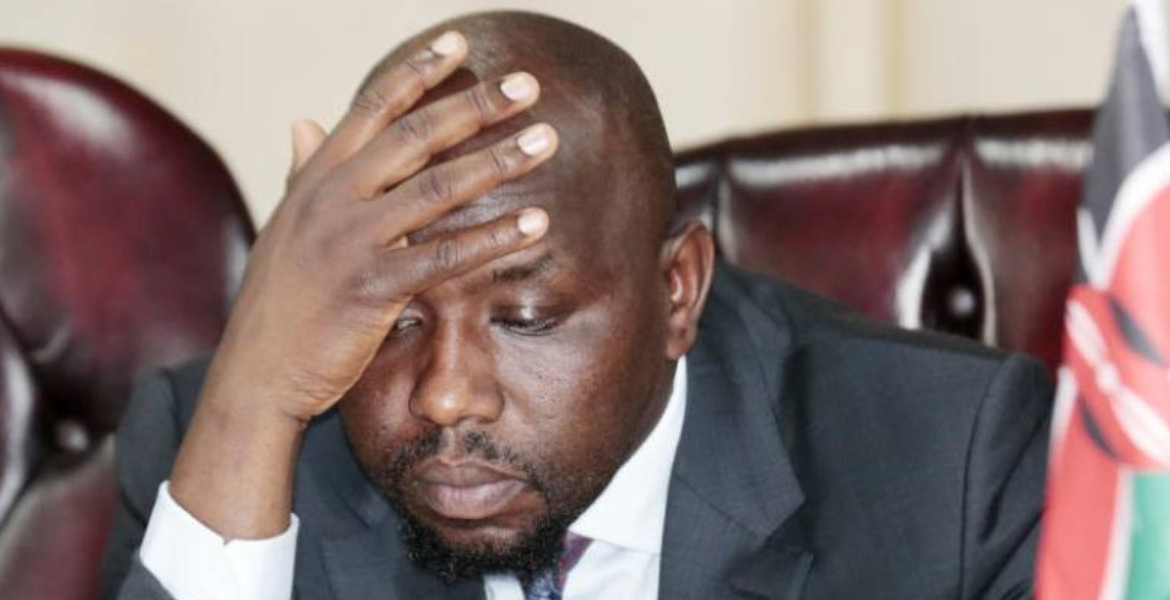
The Kenyan Interior Ministry has initiated a comprehensive investigation into allegations that recent violent protests, which took place on 25 June and 7 July, were orchestrated and financed with the intent of destabilising national security.
The inquiry centres on 121 individuals, including senior politicians from the ruling United Democratic Alliance (UDA) alliance, accused of bankrolling the unrest that resulted in significant casualties and widespread injuries. Interior Cabinet Secretary Kipchumba Murkomen, addressing the press on Tuesday, characterised the protests as "coordinated and financed operations" rather than spontaneous civic action.
He said that the violence was a deliberate result of mobilisation aimed at undermining law and order. Security agencies are intensifying efforts to trace suspicious financial transactions purportedly linked to the unrest. Official figures report that 42 people died during the two protest days, while nearly 600 sustained injuries, including 496 law enforcement officers. However, the Kenya National Commission on Human Rights (KNCHR) has reported a higher death toll of 57, attributing most fatalities to gunshot wounds.
This discrepancy has prompted calls for independent verification and increased transparency in the government's response. Approximately 1,500 individuals have been arrested nationwide in connection with the protests, facing charges ranging from terrorism and murder to robbery with violence, sexual assault, arson, and malicious damage to property. Of those detained, 50 are under investigation by the Serious Crime Unit, while 71 cases have been referred to the Anti-Terrorism Police Unit.
The invocation of anti-terror laws in prosecuting protest-related offences has drawn sharp criticism from civil society organisations, which argue that such measures risk criminalising legitimate dissent. Sources within the Ministry of Interior have confirmed that three senior UDA politicians and several business figures sympathetic to the demonstrations are being questioned. According to an anonymous senior official, some of those charged at the Kahawa Law Courts face terrorism-related indictments.
Beyond the political dimensions, the protests inflicted significant damage on public infrastructure and private property. Police stations, government offices, and a hospital in Kitengela were targeted. Murkomen cited the theft of firearms and ammunition as evidence of a broader strategy to weaken the state’s capacity to maintain public safety. In one incident, arsonists reportedly stormed a police station, killing three detainees and destroying critical assets.
The Police Reforms Working Group, a coalition of rights organisations, has accused security forces of turning public demonstrations into “killing grounds.” Amnesty International Kenya and Transparency International Kenya have condemned the mass arrests, profiling of civilians based on political affiliation or ethnicity, and the use of live ammunition in residential areas. Rights advocates report that at least seven minors are currently receiving treatment for gunshot injuries.
Irungu Houghton, Executive Director of Amnesty International Kenya, emphasised the constitutional protections afforded to all accused persons, including access to legal counsel and the right to challenge detention in open court. Sheila Masinde, Director of Transparency International Kenya, called on the Independent Policing Oversight Authority (IPOA) to expedite investigations into the deaths and injuries and to publicly release its findings. Both organisations have urged Parliament to exercise robust oversight over security agencies and ensure accountability for any abuses committed during the protests.
The presence of unmarked vehicles and unidentified armed personnel during the demonstrations has further eroded public trust. Activists have demanded clarity from the Inspector-General of Police regarding the identity and mandate of these operatives. Murkomen defended the deployment of officers in civilian attire, arguing that uniformed presence is not a prerequisite for executing lawful duties.

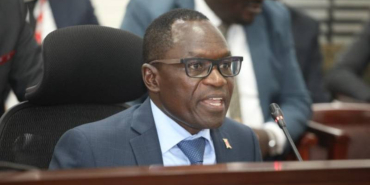
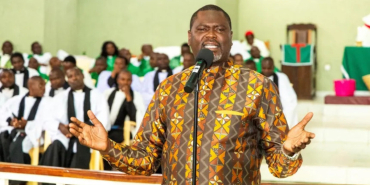
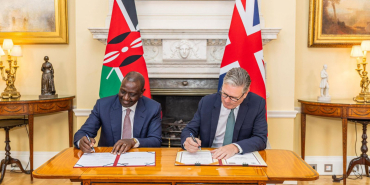


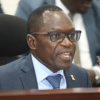

Add new comment